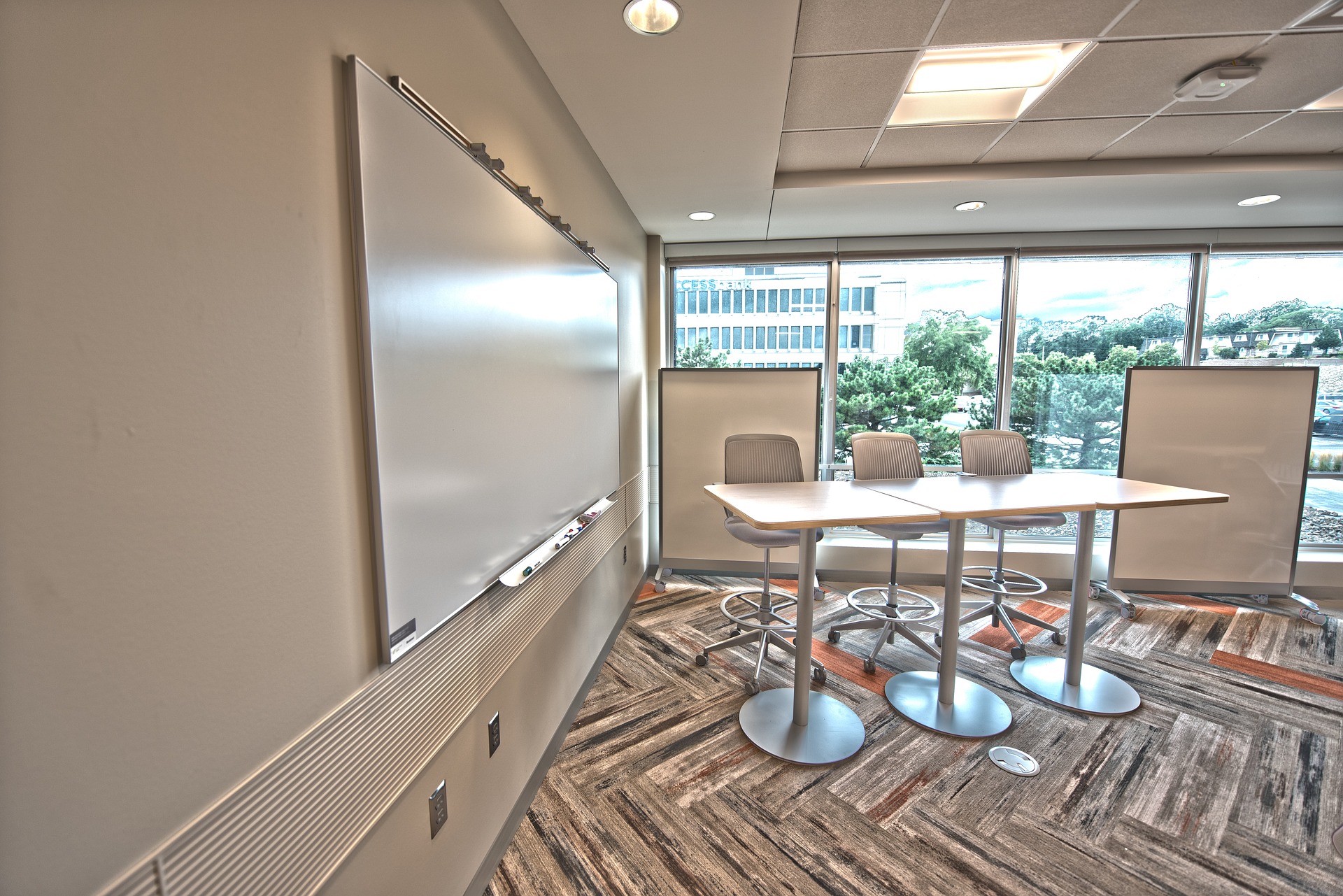
Your brain has but one purpose: to help your body survive in the real world. Notice that I wrote in the real world. In reality, the body is not confined to a wooden or metal desk 5 to 6 hours per day. Even if adults have desk jobs in the real world of work, no boss stands over them and demands that they stay at their desk until break or lunch time. The body is allowed to sit and stand and bend and flex and recline and lie down, but this is not so in most classrooms.
School is a very artificial place for both brain and body. Recess and nap time are even being taken away from little ones in the name of increased time on task and academic achievement. In many classrooms, older students sit in uncomfortable desks unless it is time for lunch, physical education, or a change of classes. I am even convinced that when students ask to go to the bathroom, it is not that they need to go. They just need to move!
When I teach staff development classes, adults will often come up before class and ask my permission to stand or take breaks during instruction due to recurring back problems or other health issues. I always consent because I want my adult learners to be as comfortable as possible. What if I responded to their requests with the comment, “You must stay in your seat during instruction. I am sorry about your health issues.” Do you think their brains would be in much of a state to hear what I had to say following that response? I think not!
As long as students do not infringe on the rights of their peers, they should be offered flexible seating options. What would be wrong with offering students multiple opportunities to move while learning? In fact, moving places information in one of the strongest memory systems in the brain—procedural memory. When students must be seated, why not provide some alternatives to desks such as tables and chairs, carpet squares on the floor, an old sofa, or a beanbag chair.
As a fourth-grade teacher, I had a podium in the back of my classroom so that, if students needed to stand and write, they could take the opportunity to do so. Contrary to popular belief, providing some seating alternatives for students will not increase your classroom management concerns. If the movement is purposeful, structured, and organized within the context of the lesson, this technique will actually reduce the number of behavior challenges.
Because brains were meant to exist in the real world, the closer the classroom can approximate a homelike environment, the better. Some middle and high school classrooms have very little on the walls. Images on the walls can be very effective support for learning and give students something relevant to look at when their attention to direct instruction wanes. However, balance is necessary. Some elementary teachers have an excess of wall content. Too much on the wall can overstimulate students.
What the Research Says
In collaborative classrooms, students don’t have desks or sit in rows because the whole classroom is a teaching tool where students interact with one another (Allen & Currie, 2012).
Changing room arrangement following a unit of study strengthens the episodic memory pathway, which attaches the student’s learning to the context in which it was acquired (Tileston, 2004).
Students are not paying close attention to instruction when they are distracted by the shape or tilt of their desks or are consistently shifting in their uncomfortable chairs (Jensen, 2007).
Make It Happen
- Find reasons for students to add oxygen and blood to their brains simply by standing while learning. For example, they could be on their feet while discussing information or reteaching a concept to a peer. For another example, when teaching the difference between common and proper nouns, students could remain seated when a common noun is named and stand every time a proper noun in named.
- Find ways to engage students’ bodies while learning. They could be role-playing an event in history or acting out a vocabulary word. There are multiple opportunities to engage both brain and body in the act of learning.
- In addition to flexible seating, give your classroom a more authentic, homey look by including live or artificial plants, an aquarium, pictures on the walls, and personal artifacts that symbolize your life. These could include pictures of your family, degrees earned, hobbies, and so on. As your students are part of your school family, shouldn’t your classroom look like their home?
For more examples of how to create a natural environment in your classroom to benefit the brain, consult the 2nd edition of my best-selling book, Shouting Won’t Grow Dendrites.
Dr. Tate,
I owe you so much because first you inspired me to go back to the classroom when you told us to find our purpose and passion. Secondly, you have described the environment I want to inspire in my secondary classroom. Thank you so much. Kaylin Burleson.